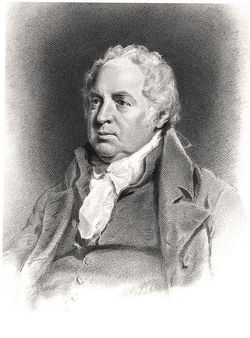Annotation:Poor Soldier (1) (The)
X: 1 T:Poor Soldier, The M:C L:1/8 B:The Calvert Collection - 1799, Page 12 Z:Nigel Gatherer K:D (ab/a) (fa/f/) (gb/g/) e2|(fa/f/) (df/d/) eecA|(ab/a/) (fa/f/) (gb/g/) (eg)|fedc [d2F2] [d2F2]|] A[dF][dF][dF] TB[gB][gB][gB]|A[dF][dF][dF] [dF][cE] [c2E2]|\ A[dF][dF][dF] TB[gB][gB][gB]|fedc [d2F2] [d2F2]|]

The finale of the work showcases a tune by the blind Irish harper Turlough O’Carolan (1670–1738), “John O'Connor” (“Planxty Mrs. O’Conor”). An early publication of the tune appears in a collection published in 1799 by Thomas Calvert, a musician from Kelso, Scotland. A note with his collection states that Calvert supplied “a variety of music and instruments, instruments lent out, tun’d and repaired.”
Compare the first strain with those of the American tunes "Joe Smith" and "Love in a Village (5)."

